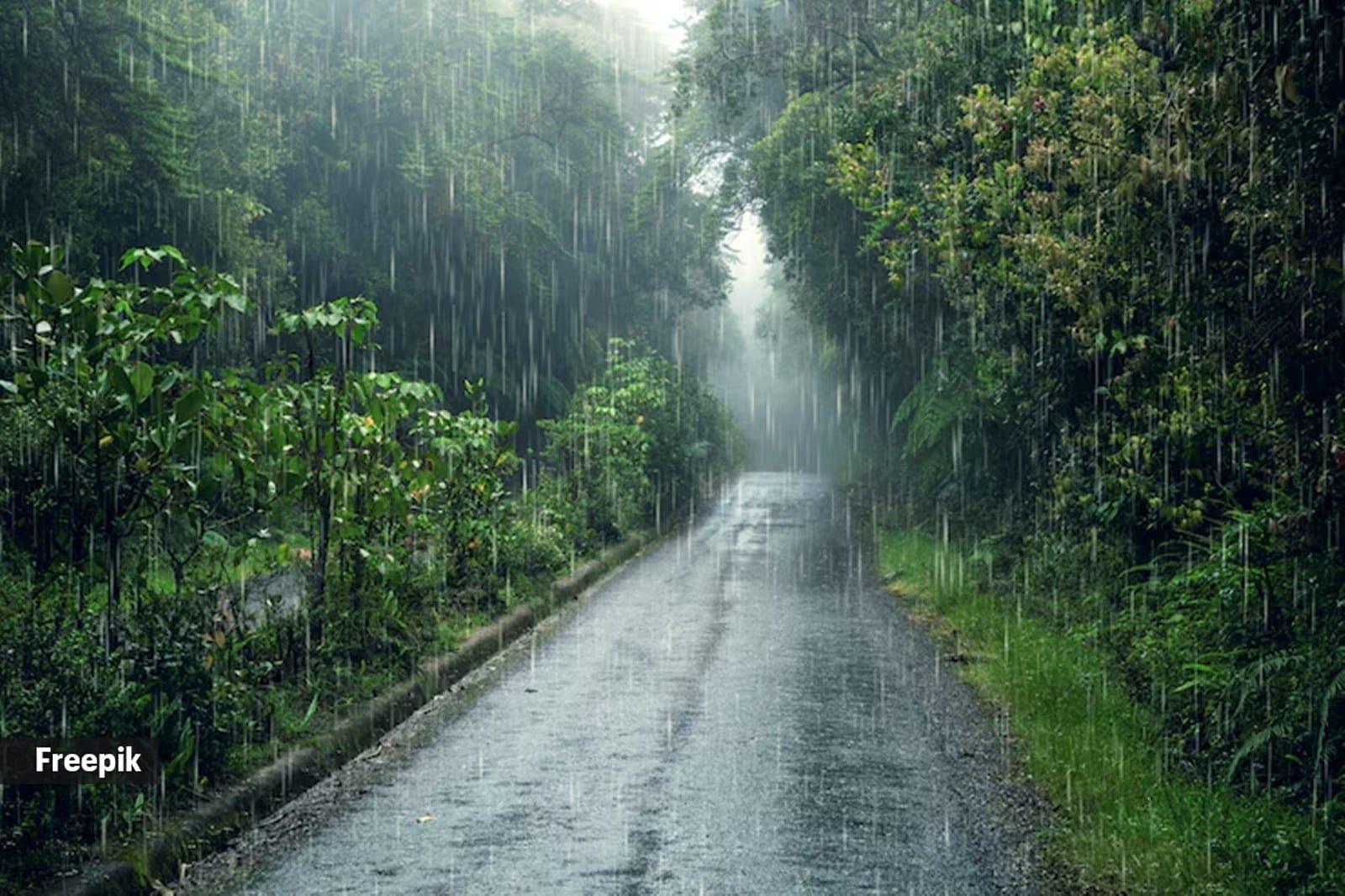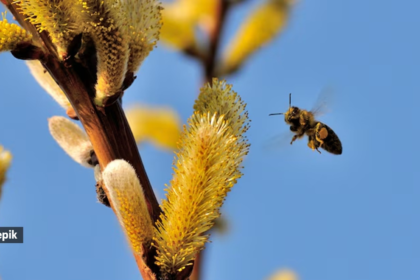During monsoons, the combination of a warm plate of pakoras and a cup of masala chai is a comforting indulgence that perfectly captures the essence of rainy day bliss in many parts of India.
There’s just something right about the sizzle of pakoras frying while rain taps on the roof. Maybe it’s because they’re warm and cosy when it’s cold outside. Or maybe it’s the spicy flavour that goes well with the excitement of sudden rain. Whatever the reason, munching on hot pakoras and watching the rain fall has become a favourite moment for many. It’s a simple pleasure that makes grey days feel a bit brighter.
But, how did people start associating pakoras with the rainy weather?
According to Krish Ashok, “When the weather is cold, historically as we associate that with winter, and winter usually means a shortage of food, so we tend to crave things that are high in calories. So, deep-fried carbohydrates. The second aspect is we enjoy eating things that give you a contrasting set of textures and flavours in your mouth.”
Aradhana Singh, founder at Diga Organic Foods, Dwarka, New Delhi, states, “The association between pakoras and rainy weather in India is a beautiful confluence of several factors, each adding its own charm to this delightful tradition.”
The pitter-patter of raindrops creates a cosy ambiance, she mentions. The sizzling sound of pakoras being fried, the aroma of spices wafting through the air, and the golden-brown, crispy texture all combine to create an irresistible sensory experience that elevates the enjoyment of this snack during the monsoon.
Singh says, “Pakoras are deeply ingrained in Indian culinary culture, transcending regional boundaries. Additionally, pakoras are relatively easy to prepare with simple ingredients like gram flour, spices, and various vegetables or meats. This accessibility makes them a popular choice for a quick and satisfying snack.”
Specific regions in India where this tradition of eating pakoras during the rain is particularly strong
While the love for pakoras during the monsoon is widespread across India, Singh agrees that there are specific regions and communities where this tradition holds particular significance:
Northern and Western India: Pakoras are a staple snack in these regions, often enjoyed with a steaming cup of masala chai on a rainy day. The crispiness of the pakoras complements the warmth and spices of the tea, creating a perfect culinary pairing.
Story continues below this ad
Coastal Regions: In coastal areas, pakoras made with seafood, such as fish or prawns, are particularly popular. The freshness of the seafood adds a unique dimension to the flavour profile, making them a delectable monsoon treat.
 Pakoras are a staple snack, often enjoyed with a steaming cup of masala chai on a rainy day. (Source: Freepik)
Pakoras are a staple snack, often enjoyed with a steaming cup of masala chai on a rainy day. (Source: Freepik)
Evolution of the pakora tradition
The tradition of enjoying pakoras during the monsoon has evolved over time, reflecting changing culinary trends and preferences.
Singh says that while traditional pakoras like onion, potato, and spinach remain popular, there’s a growing trend of experimenting with new flavours and ingredients.
With increasing awareness of health and nutrition, she notes, people are seeking healthier versions of their favourite snacks. Baked or air-fried pakoras with less oil are gaining popularity.
Story continues below this ad
The psychology of pakora cravings
There are several psychological and sensory factors that make them a preferred snack during the rainy season, according to Singh:
Serotonin Boost: The combination of carbohydrates and spices in pakoras can trigger the release of serotonin, a neurotransmitter associated with mood regulation and happiness. This can help combat the gloomy feeling that sometimes accompanies rainy weather.
Dopamine Rush: The crispy texture and savoury flavours of pakoras can stimulate the release of dopamine, another neurotransmitter associated with pleasure and reward. This can make indulging in pakoras a satisfying experience.
Nostalgia and Comfort: For many, the aroma and taste of pakoras evoke fond memories of childhood and family gatherings, creating a sense of comfort and nostalgia.
Story continues below this ad
Sensory Warmth: The hot and spicy nature of pakoras can create a sense of warmth, counteracting the chill and dampness of the monsoon air.














